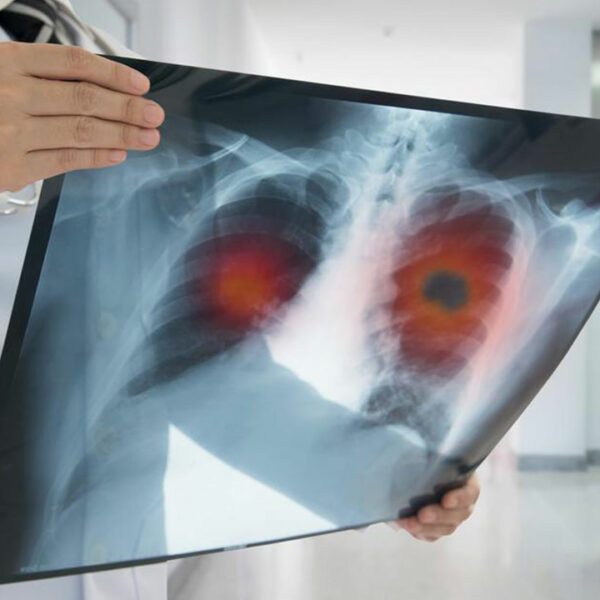
What You Need to Know about the Medications Used to Treat Bone Cancer Symptoms
Bone cancer symptoms can be painful. Here are some of the medications your doctor may use to treat the disease and minimize its symptoms, and the side effects that these drugs may cause. Bone cancer is the type of cancer that creates malignant tumors which can damage the normal bone tissue in your body. It is a rare form of cancer and accounts for less than one percent of all cancer cases. The usual and not-so-common bone cancer symptoms include pain in the bones, inflammation and tenderness in and near the affected area, numbness and tingling, problems in movement, weaker bones that are susceptible to fractures, fatigue, unusual weight loss, and fever. If you have been experiencing any of these bone cancer symptoms, report it to the doctor at the earliest. These symptoms may also occur due to some other health condition and most people tend to mistake them for some less-serious problem, but getting it checked at the earliest is vital. There are treatment options available for bone cancer, and your doctor may recommend one depending on the specific type of cancer you have, the stage of your bone cancer, and other health issues that you may have. To treat the various bone cancer symptoms, the doctor may suggest some oral medicines.



